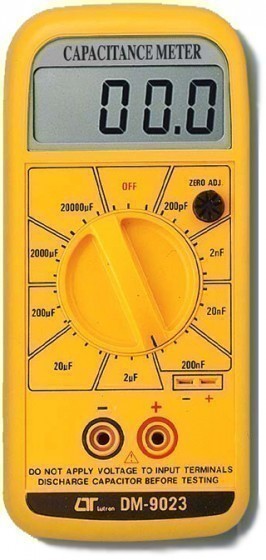What is Microfarad?
The term microfarad is used to describe a unit of capacitance that is 0.000001 farad. The symbol that represents a microfarad is µF. It is commonly used in utility alternating-current and audio frequency circuits. The capacitors that are found in them normally have a rating of 1 µF or more. However, even smaller capacitors are used in radio frequency systems. In this case, the picofarad (pF) is used instead of the microfarad. Audio frequency circuits use capacitors that are rated from 0.01 µF to 100 µF, and the capacitance in power supply filters reach as high as 10,000 µF.
When Was the Term Farad First Used?
Josiah Latimer Clark, an English engineer and electrician, first used the term farad in 1861. Clark conducted significant research in the electrical measurement field while working for the Electric Telegraph Company and published the Elementary Treatise on Electrical Measurement in 1868. He used the term Farad in honor of Michael Faraday, which referred to a unit charge of electricity at the time, and is now referred to as the Faraday.
How Consumers Use Microfarad Capacitors
Many consumers who have older stereo equipment in their homes would be surprised to know that the amplifiers for these systems use microfarad capacitors that are made of paper and soaked in mineral oil. As the speakers age, the mineral oil evaporates. This creates an undesirable, audible hum in the amplifiers that requires the microfarad capacitors to be replaced. These capacitors are black, cylinder-shaped components that are located on the top of the back panel circuit box and are fairly easy to replace as compared to modern stereo equipment. Microfarad rated capacitors are also found in DC voltage power supplies for home electronics as well as other popular electrical equipment. It is predicted that their consumer use rates will remain relatively steady over the next decade.


Comments - 2 Responses to “What is Microfarad?”
Sorry but comments are closed at this time.